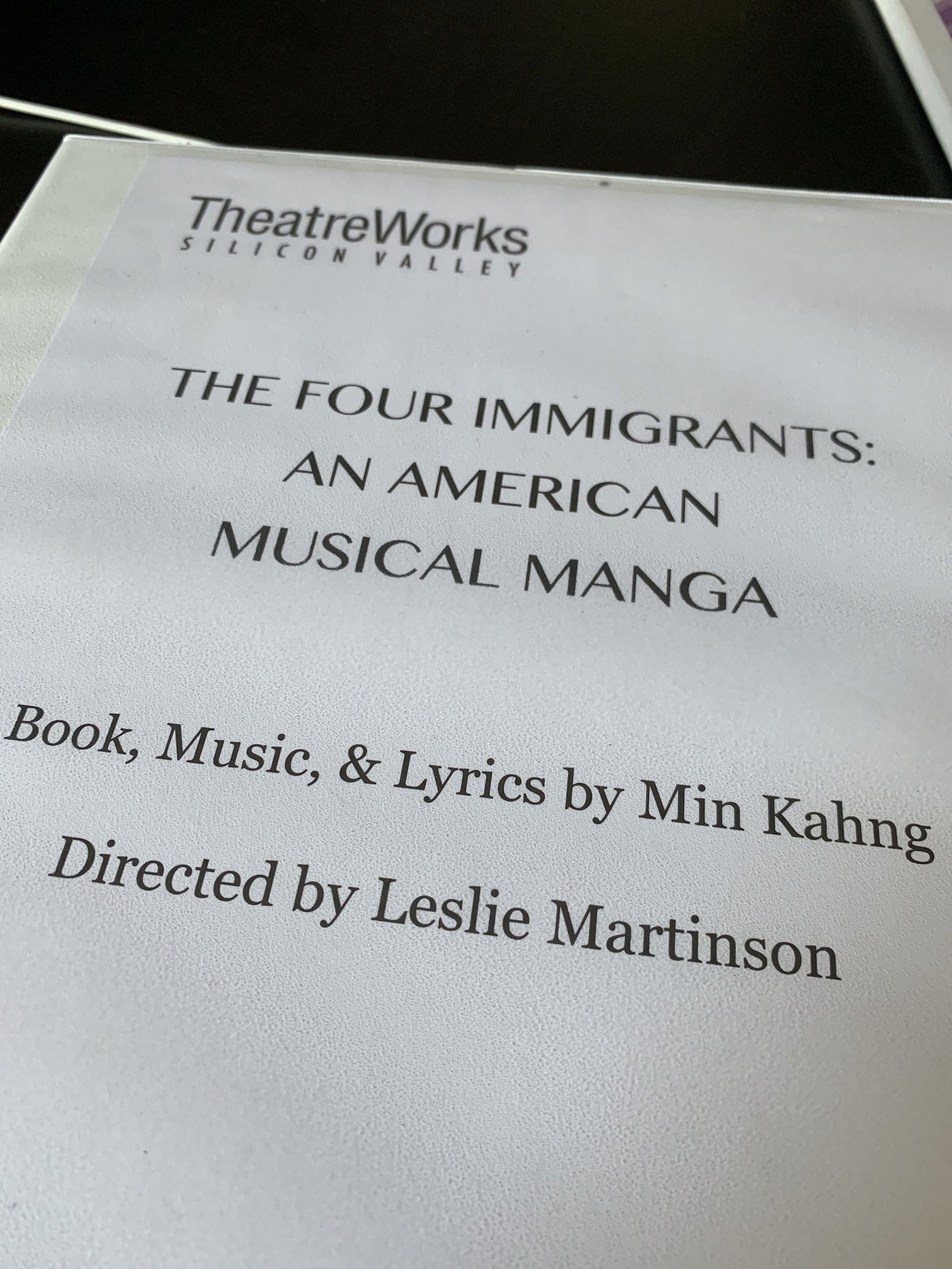Last week, Artists At Play and USC Visions & Voices presented the panel and concert presentation of The Four Immigrants at Cammilleri Hall on the USC campus. The evening was electric and everything went phenomenally well! The event was even covered in on-campus media with this lovely article by Yixin Zhou!
Zhou writes: “The performance and discussion drew a large crowd. Some audience members had to stand throughout the performance since the house was filled. But that didn’t stop audiences from fully engaging in the show, laughing and sighing along as they watched the story of these four friends unfold.”
Thank you to all who help bring this concert reading to life, and to all who attended!



